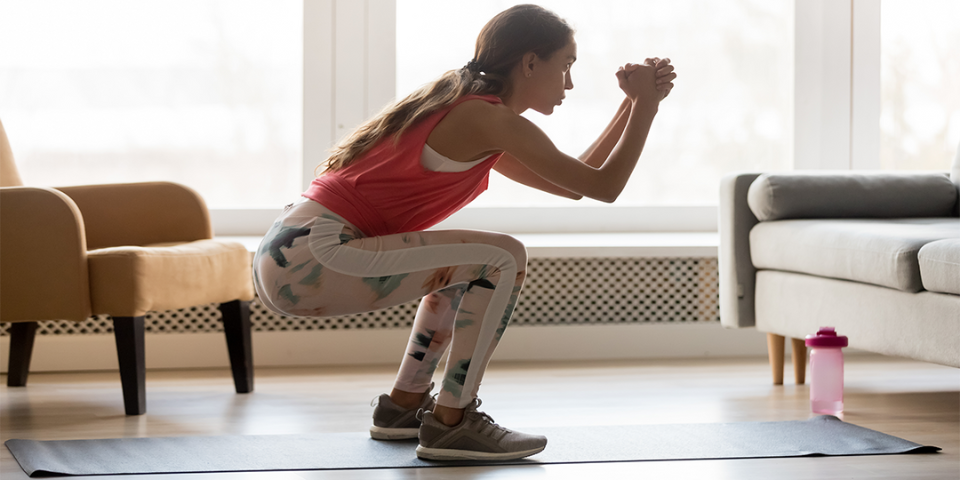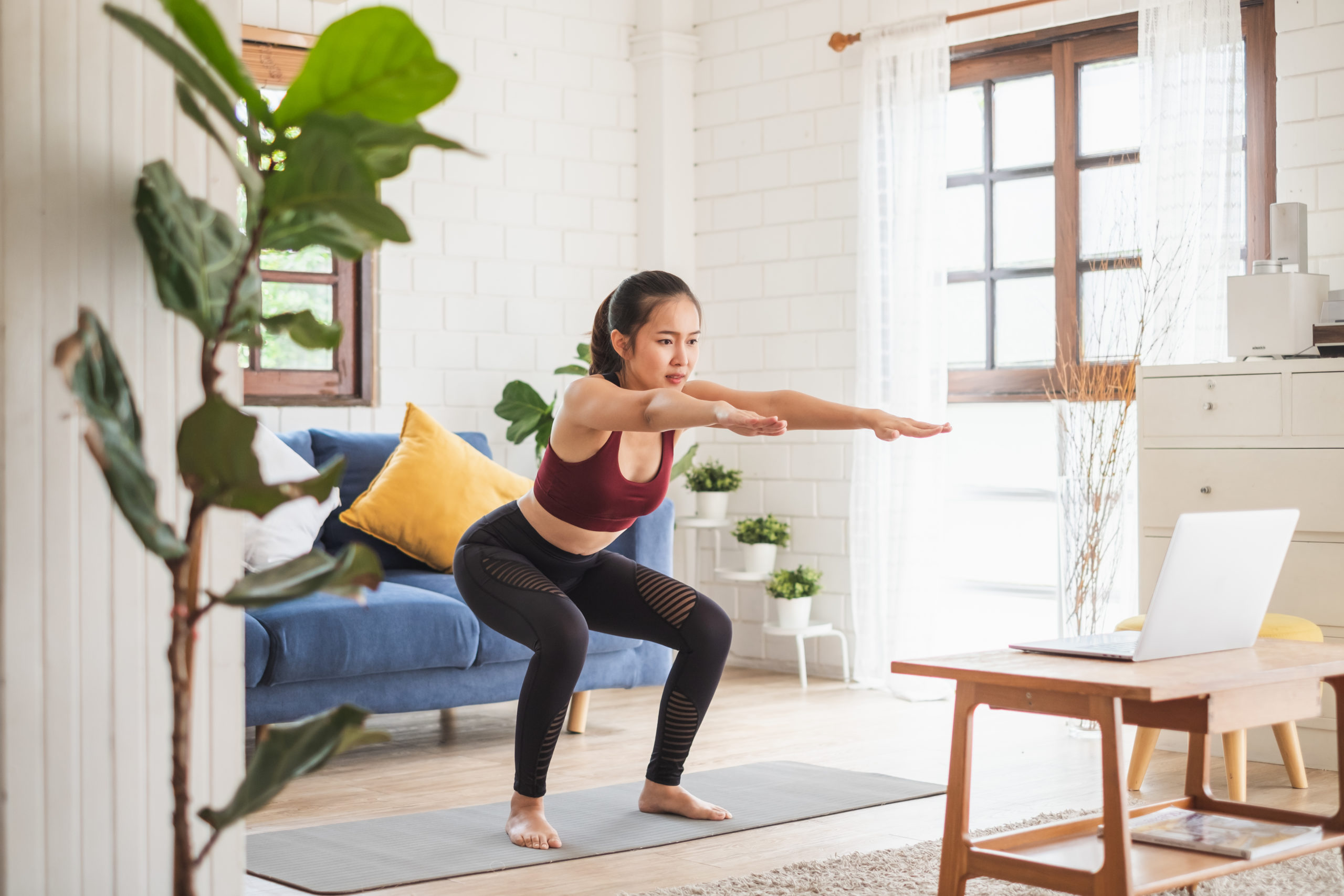You’ve probably heard a trainer say, “Don’t let your knees track over your toes.” It’s a common form cue during certain exercises, especially squats and lunges. But how crucial is it, and why?
Here’s what you need to know.
How Bad Is It to Go Knees Over Toes During Exercise?
It depends on the exercise you’re doing and how your unique physiology works through the movement pattern.
Research suggests letting your knees go over your toes during squats may aggravate certain pre-existing knee issues, but for some people, the knees may naturally drift slightly past the toes during a squat, says Leada Malek, PT, DPT, SCS.
Letting your knees go too far over your toes during a squat can be a red flag that you’re making other form mistakes that can elevate your risk of injury. “The most critical thing is to make sure you’re not bending or leaning forward, which can increase the strain on your joints and lower back,” says Trevor Thieme, CSCS, executive director of fitness and nutrition content at BODi.
Paying attention to your knee position is “a way for people to keep their heels on the ground and chest up, and to make sure they’re doing the hip hinge,” says Thieme, adding that movement in exercises such as the squat and deadlift should be initiated by pushing the hips back as if you’re closing a door with your butt.
If you’re not used to the hip hinge, don’t be afraid to practice the movement without weight and in front of a mirror.
How Can I Avoid Going Knees Over Toes During Exercise?
If you’re not experiencing pain while squatting, don’t worry about your knees traveling over your toes. For some people, it’s unavoidable. If your femur is longer than your tibia, for example, your knees will likely track forward, says Morgan Rees, CPT, an independent personal trainer in Los Angeles.
In fact, for some, restricting knee movement during a squat may transfer strain to your hips and lower back.
Instead of focusing solely on knee position, learn the intent of each movement you’re performing in the gym and work on patterning before you add weight, if necessary.
Here are a few other form cues to focus on:
1. Keep heels on the floor
If your heels start to lift off of the ground when you’re squatting or your knees cave in excessively, “you are putting unnecessary stress on the knees,” Rees says.
2. Improve flexibility in your hamstrings
To get better at the hip hinge movement and prevent issues with your knees, Malek suggests that you “learn the sequencing and work on hamstring control.”
Adding some hip stretches that also loosen your hamstrings may help, Malek adds, since “excessively tight hamstrings can get in the way of allowing a neutral spine as the hips go back.”
3. Check your stance
Proper hip placement for the squat varies from person to person, Malek explains. “Because the hip socket and femoral head can be angled in different ways or with different depths, it’s truly what feels most comfortable for you,” she says.
In the correct position, your knees should “glide in line with the second and third toes,” Malek adds. This alignment keeps the femur and tibia in the best position for the kneecap, preventing discomfort.
Rotating your feet in or out too much can strain the hip joint, and too much internal rotation can also excessively strain the knees, Malek explains. If you feel knee pain, you may need to adjust your stance.
4. Beware of “hip winking”
When you squat, aim for as deep of a squat as you can without causing “hip winking.” This is when your hips tilt inward and your lower back rounds at the bottom of a squat, Rees explains.
If you film yourself from the side, your back should look flat from your butt to your shoulders. If you’re “winking,” your butt will be turned under, causing rounding.
At the bottom of a proper squat, your thighs should ideally be at least parallel to the floor. If you can’t achieve this without the butt wink, reduce your range of motion until you develop the mobility required to perform a full squat with proper form. You can use hip mobility stretches to help improve this range of motion.
What Is the Proper Form for a Squat?
Keep these cues in mind when performing any squat variation.
- Your feet should be close to shoulder-width apart.
- Your hips, knees, and feet should all be in alignment.
- Keeping your core engaged, back flat, and neck in a neutral position (i.e., aligned with your spine), push your hips back as you bend your knees and lower your body until your thighs are at least parallel to the floor (imagine that you’re lowering yourself onto a chair or bench).
- Avoid bending forward at your waist, which can increase the stress on your spine and throw you off balance.
- Pause, and then drive back up to the starting position.



